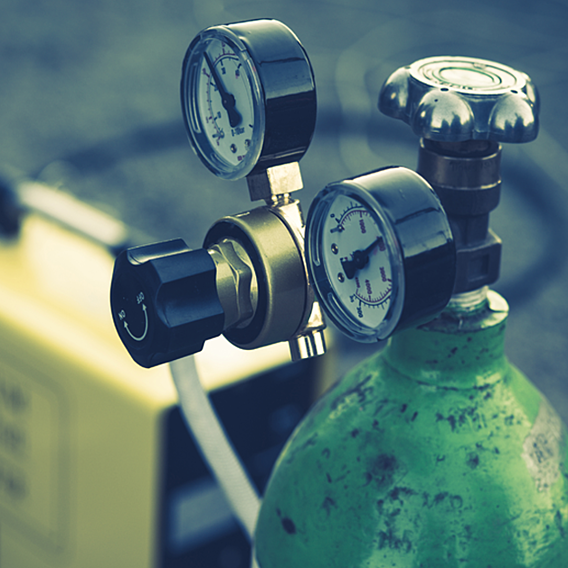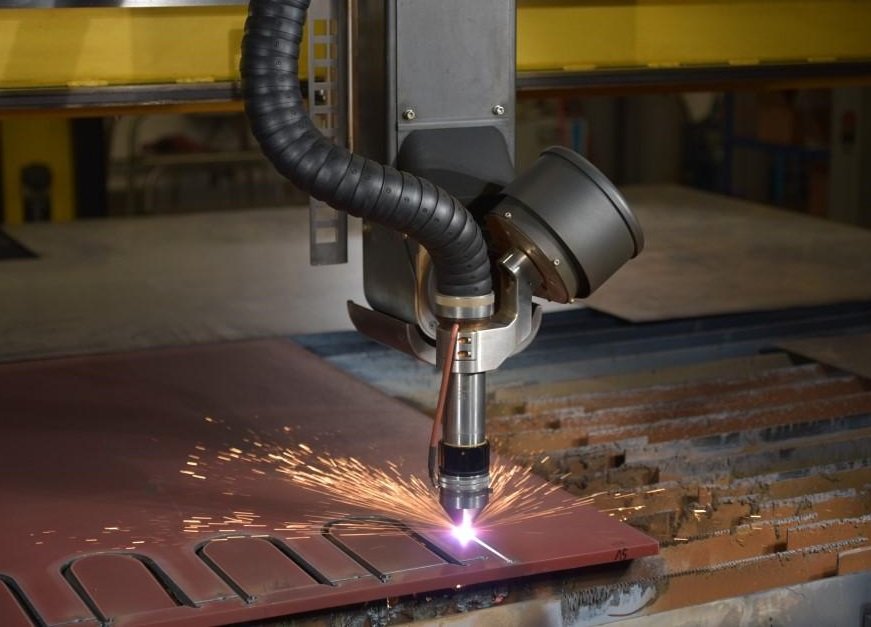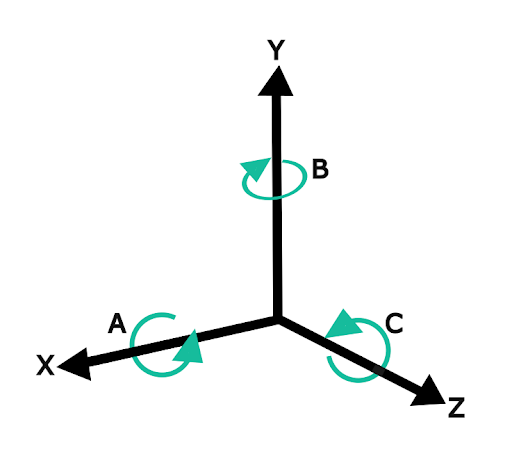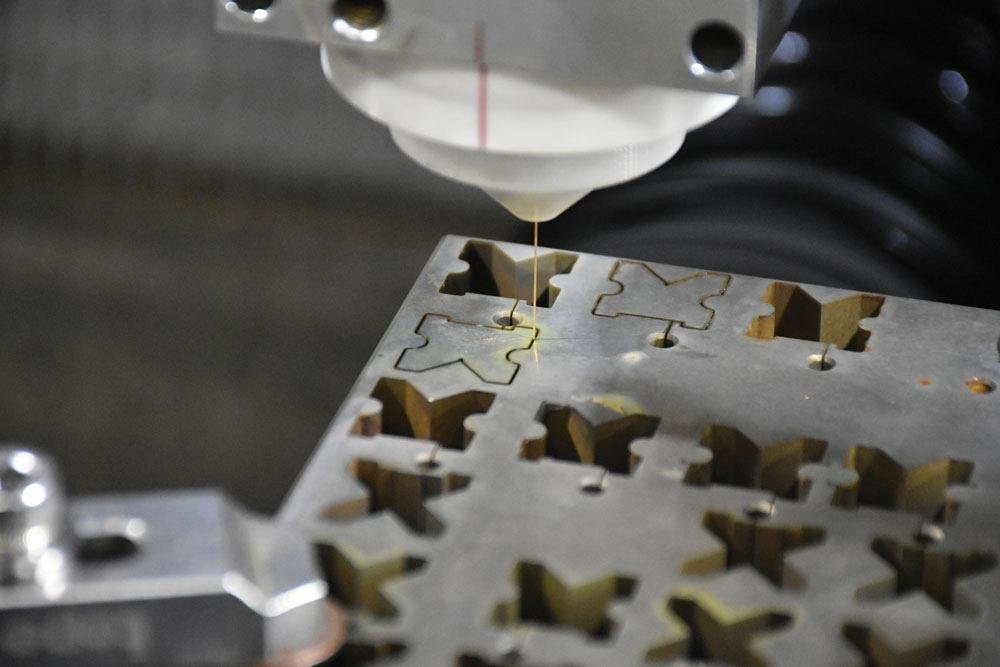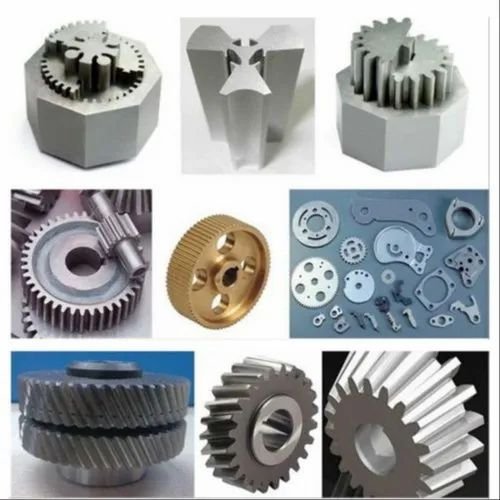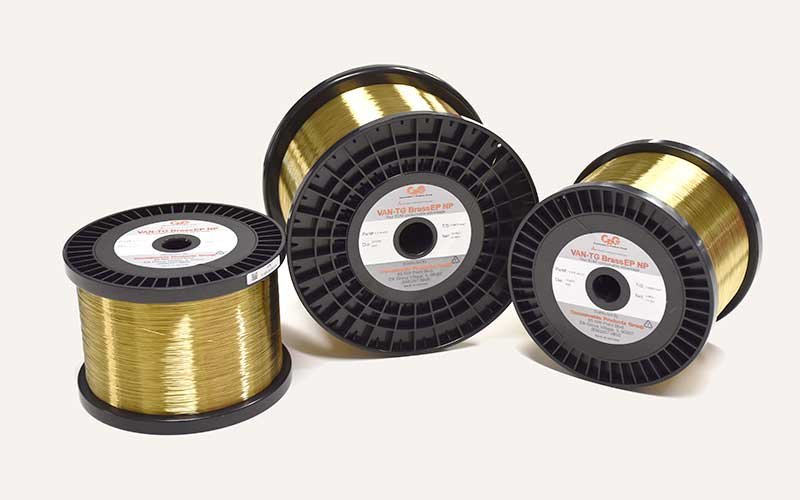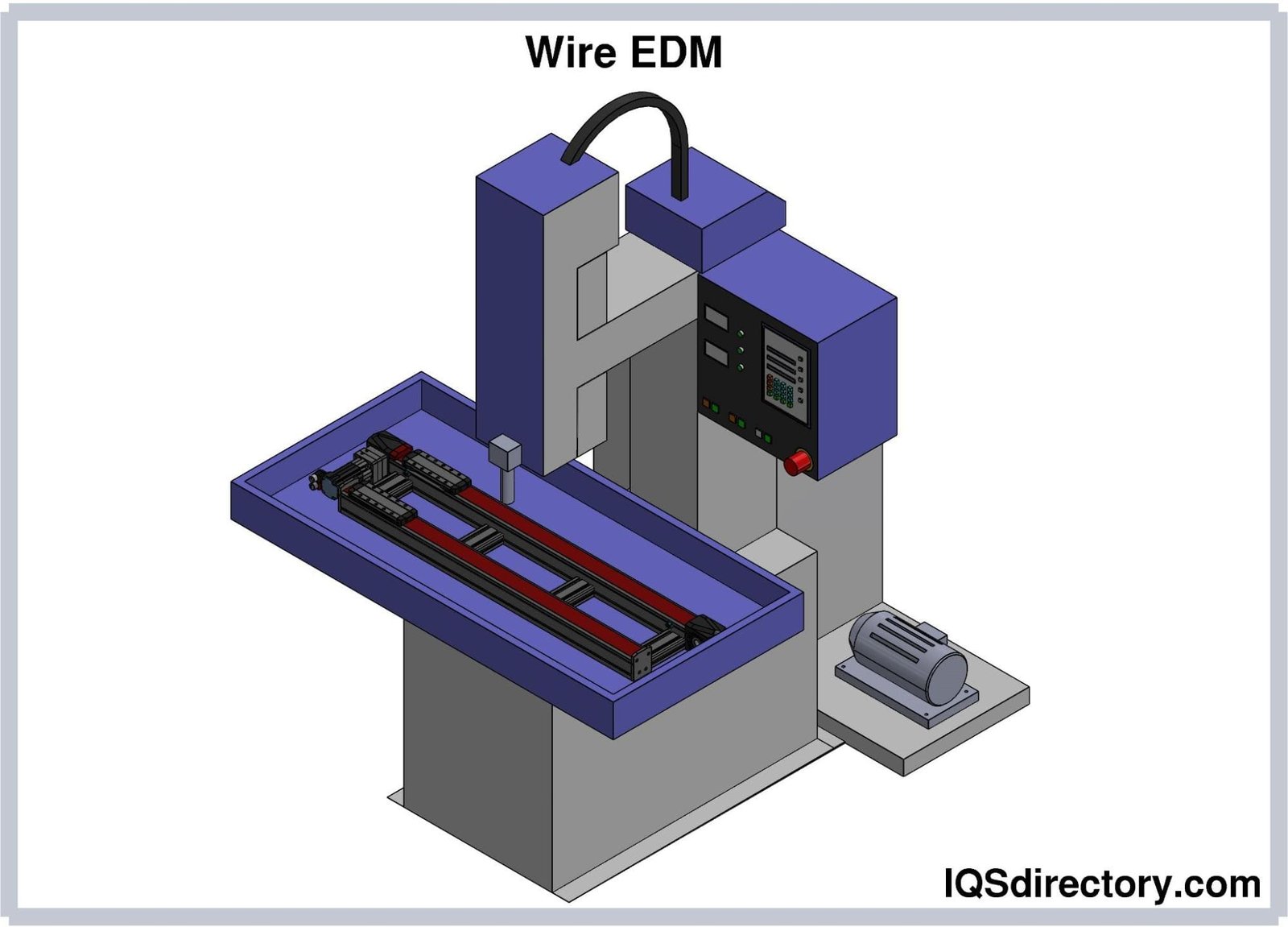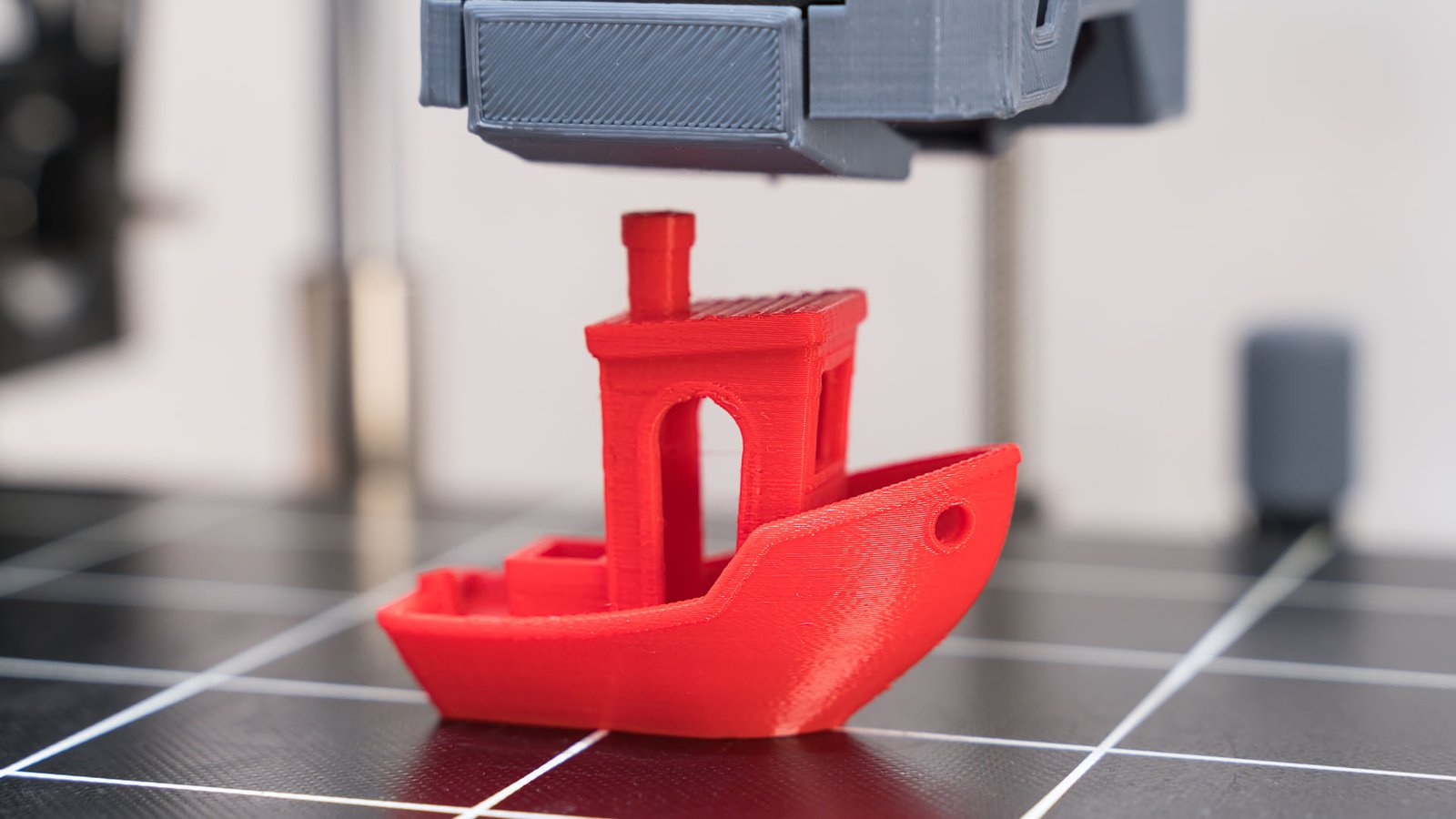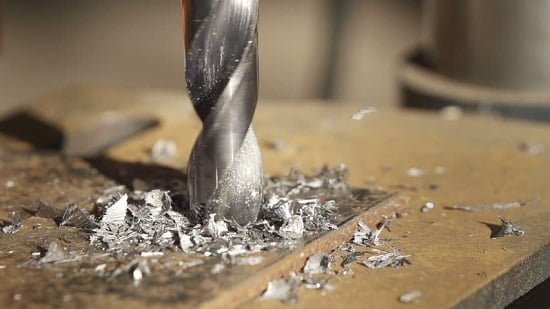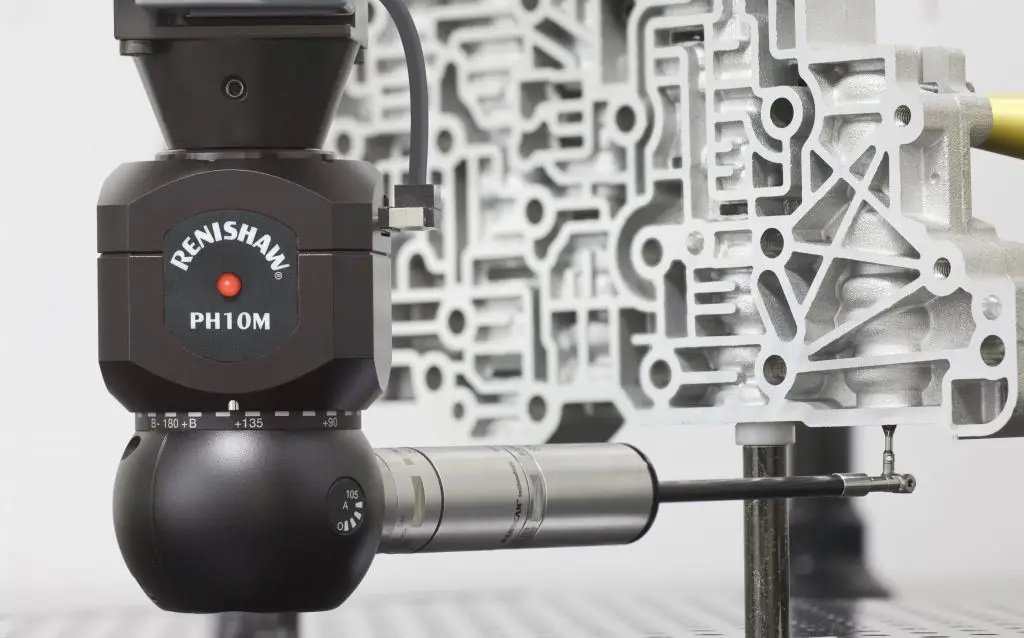What gases are used in plasma cutting?
Plasma cutting is a metal fabrication process that employs ionized gases heated up to 20,000 degrees Celsius to melt metallic materials. The high-pressure discharge of these gases not only leads to the melting of the metal but also blows the residual materials away from the cut path. The type of gas used in plasma cutting depends on the material being cut, its thickness, and the specific cutting method. This gas generates the necessary plasma for cutting and helps remove molten material and oxides from the cut surface.
5 most common gases used in plasma cutting
Argon (Ar): Argon is a neutral gas with a stable plasma arc. Its stability means it doesn’t react with metals at high temperatures. Electrodes and nozzles used for argon gas cutting tend to have a longer useful life than those used with other gases. However, argon has limitations in cutting due to its low plasma arc and enthalpy. Moreover, slag issues are common in argon cutting, partly due to its surface tension being about 30% higher than that in a nitrogen environment. These issues contribute to argon’s limited use in plasma cutting.
Nitrogen (N2): Nitrogen offers better plasma arc stability and higher energy flow, especially with high-voltage sources, compared to argon. Using nitrogen minimizes slag formation on the lower edges of cuts, even when cutting metals like nickel-based alloys and stainless steel, have high viscosity. Nitrogen can be used as a standalone gas or in combination with other gases in plasma cutting.
Air: Air, composed of 78% nitrogen and 21% oxygen by volume, is a suitable gas for plasma cutting. The oxygen in the air increases the cutting speed in low-carbon steel. Air is economically favorable due to its availability, but the electrodes and nozzles used in this process under air have a shorter lifespan, leading to increased costs and reduced efficiency. Unlike nitrogen, using air as a standalone gas can lead to issues such as suspended slag and oxidation of the cut surface.
Oxygen (O2): Like air, oxygen increases the cutting speed in low-carbon steel. However, it’s advisable to use electrodes resistant to oxidation and high temperatures when cutting under oxygen.
Hydrogen (H2): Hydrogen is used as a secondary gas in combination with other plasma gases. A common combination is hydrogen with argon, resulting in a powerful cutting gas in plasma cutting. This combination significantly increases the argon plasma stream’s arc voltage, enthalpy, and cutting power.
Latest Articles in your inbox
Subscribe to our newsletter to get the newest manufacturing and industrial services articles in your inbox once a week.

